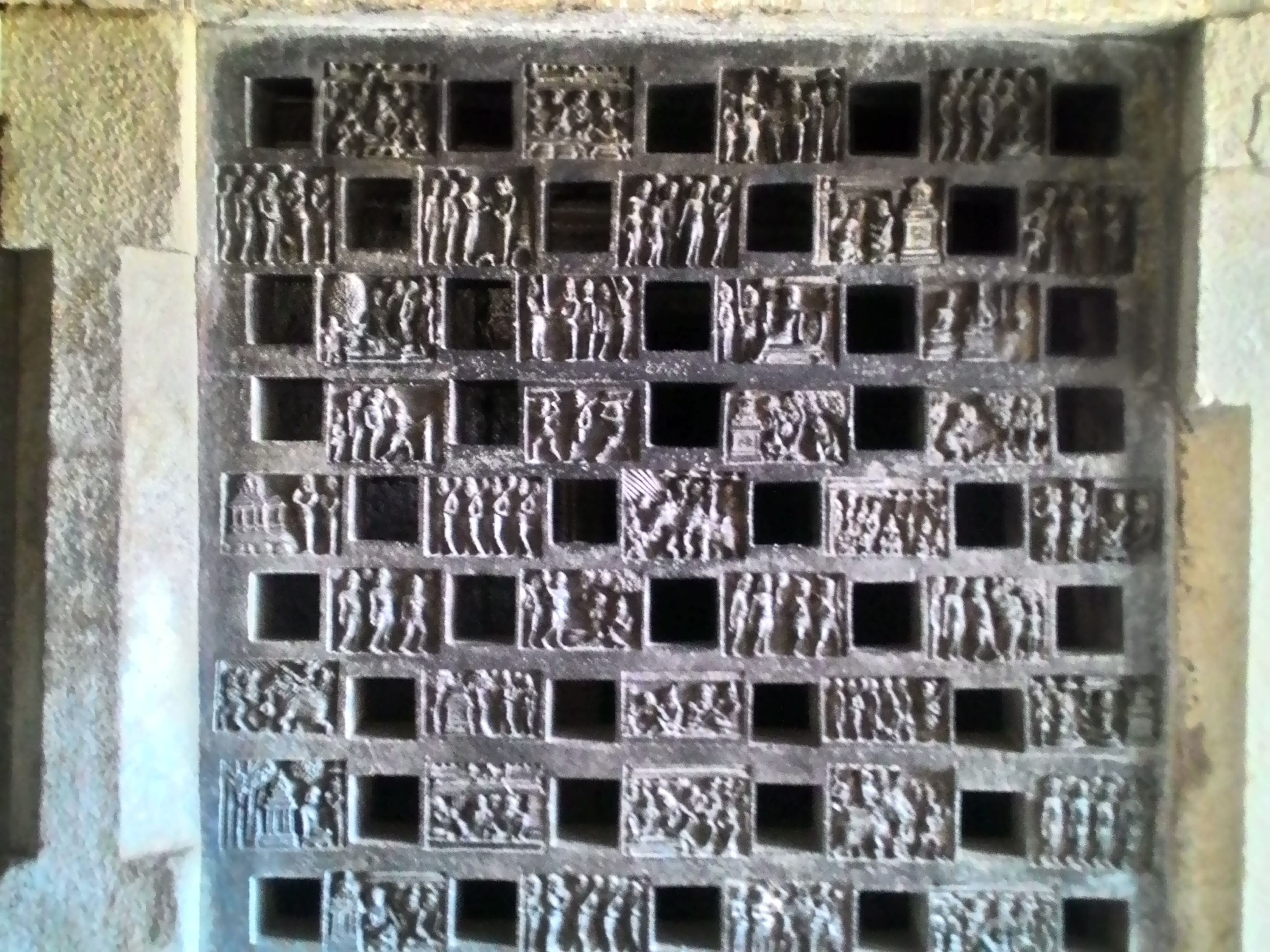Shravanabelagola is dotted with a large number of temples, many of which are architectural marvels with more than 500 inscriptions. Many of these are nishidhi (memorial) stones, that commemorate those men and women who have accepted sallekhana, the act of embracing death voluntarily through fasting.
This town is synonymous with the Gommateshwara statue, which was commissioned by Chavundaraya, the minister and commander in the court of a Ganga king. The smaller hillock in the town, Chandragiri, bears its name to Chandragupta Maurya who, it is believed, travelled with his guru, Acharya Bhadrabahu, along with many other disciples, from Patliputra in Bihar. Although no historical evidence can be traced to show the exact date of this migration, it has long been accepted that the duo travelled to Shravanabelagola around 300 BC. The Chandragupta Basadi at Shravanabelagola which is actually a part of the three structures opening into a common passage is one of the smaller basadis.
Years later, a doorway was added to it flanked by two intricate stone screens. One of these screens to the west depicts the life Chandragupta, while the other one to the east illustrates the life of his guru. The basadi is quite dark and one has to rely on torchlight for a good view. It is indeed unique that the sculptors of the time have carved out intricate details of the life of the king. These square stone-screens are interspersed with small panels with carvings on them. The odd rows contain four squares and the even rows contain five squares each. There are blank squares in between the carved ones.
The screen that depicts the life of Chandragupta is a piece of art, considering it was created around the sixth century. The entire life of the king, right from his royal days to the time of his accepting sallekhana, has been etched beautifully.
The panels start from the time of the king’s daily routine. He is seen listening to some news from his aides, there is a glimpse of his capital at the time. Another panel depicting the lifestyle of the royalty and the common folk in the lower area. It is the optimum utilisation of space that leaves one in awe.
Another panel shows the arrival of Acharya Bhadrabahu and the king greeting him. It also depicts the humility of the royalty while serving an ascetic and offering ahar daan. This is a ritual, wherein the munis accept select types of food from a household, only as much as that fits their cupped palms. Another story within these 45 panels is that of Acharya Bhadrabahu, who enters a house seeking food. The child of the house cries in the cradle so loud that no one can hear the saint. He immediately leaves the house and correlates the meaning of this incident with the king’s dreams and the impending famine. He returns to the muni sangh and preaches the importance of penance and restraint.
It is then that the king decides to adopt monkhood and set forth southwards. The last few panels depict the savants and king embarking on their journey with the muni sangh to ensure that their travel continues without hindrance. The holy men reached the hilly region near Mysore, where the Acharya realised that he was nearing his end and asked his other disciples to proceed and stayed back with Chandragupta. The hill also has a small cave where he embraced sallekhana and Chandragupta followed him. These screens were perhaps a way to immortalise the life and times of these two extraordinary men.
